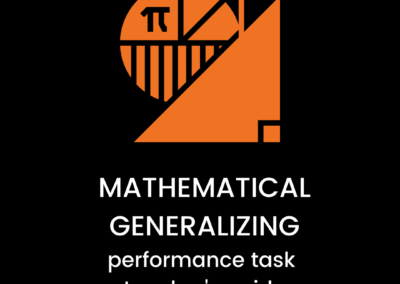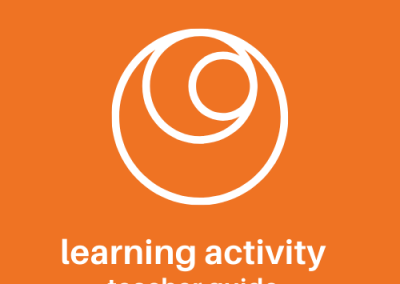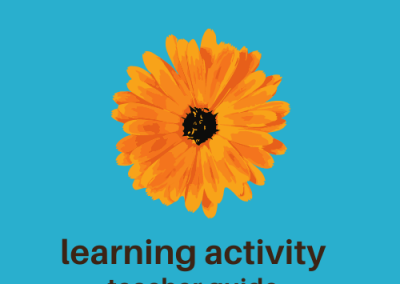Sing Me a Song
Preparation
Select a text. Read the text. Decide whether you want students to write about the entire story, a character, or an event, or whether you want students to have a choice. Print out sample song lyrics to share with students. Write your own sample song about the text and justify your lyrics using evidence as a model to share.
Activity Steps
1
Introduce Sing Me A Song.
Explain that the purpose of the activity is to summarize or describe a character, event, or plot of a text.
2
Share a sample song with students.
Select sample lyrics of songs that are clearly about a specific person, place, or event. It would be fun to bring in one of your favorite songs that you could share as an example. Examples could include Bob Dylan’s “Hurricane” or Johnny Cash’s “A Boy Named Sue.” It is good to select something students may not be familiar with for your sample song.
3
As a whole class, create guidelines (rubric) for what makes a good song.
Create a rubric as a class that includes the key elements of the song as decided by you and the students (content, rhythm, language, or length).
4
Evaluate students’ sample songs using the rubric.
Ask students to bring in lyrics from a song. Have a few extra samples available in case students forget. Have students evaluate their song using the rubric. They should defend their scoring. For example, they could write, “I gave my song a 3 in language because the vocabulary is varied but not very sophisticated.”
5
Share out and discuss in small groups.
Students can share their songs in small groups and discuss the ratings they gave them using the rubric.
6
Conduct whole-class discussion and reflection.
Discuss as a whole class the process of using the rubric and make any final adjustments to it. After using the rubric you or the students may find it needs tweaking.
7
Brainstorm the key information from the text to be included in the song.
Depending on the actual assignment, this information could be character traits, description of a setting, or a summary of a plot from the text.
8
Write the song.
Students actually write the song. This process may come more easily to some students than others. Remind them to return to their brainstormed lists of key information to include; they may not be able to include all of the information, so they will need to prioritize.
9
Conduct mini-lesson on justification.
It is important to remind students that the purpose of this activity is to write a song about the text. In order to ensure that students are focused on the text, they will justify their inclusion of specifics from the text into their song. Logistically, this could be on Post-it notes or in the margins of the paper with arrows pointing to specific lyrics. It can as simple as “I included this in the song because the character…” or “I used an owl to symbolize the character’s wisdom when she …” Share the sample song you wrote about the text and your justifications. This does not have to be a full song; a single stanza will be sufficient for students to see the process.
10
Revise rubric to include justification.
As a whole class, revise the rubric to include justification. Be sure to focus on the importance of using evidence from the text. Discussions should focus on the number and quality of the justifications.
11
Justify the lyrics using textual evidence.
Students will review their song and justify the inclusion of lyrics with textual evidence.
12
Make revisions.
After students have justified their lyrics, they may need to go back and revise sections to incorporate more text-specific references.
13
Obtain peer feedback using rubric.
Students will swap lyrics with each other and use the rubric to provide feedback.
14
Make final revisions to the song.
Students will use peer feedback to help make final revisions.
15
Conduct mini-lesson on presentations.
Provide some tips on presentation skills. This can be a whole-class discussion to generate a list of reminders.
16
Distribute rubrics.
Students will evaluate each presentation using the rubric. Be sure to leave space at the bottom for general comments.
17
Present song to the class.
The presentation should include presenting the song and justifying the lyrics.
18
Reflect.
Students will reflect on the songwriting process. Sample questions could be: · What part of songwriting was the most difficult? · Which line of your song do you think is your best? Why? · Would your song make someone want to read the text? Why or why not? · How did this activity help you better understand the text?

























